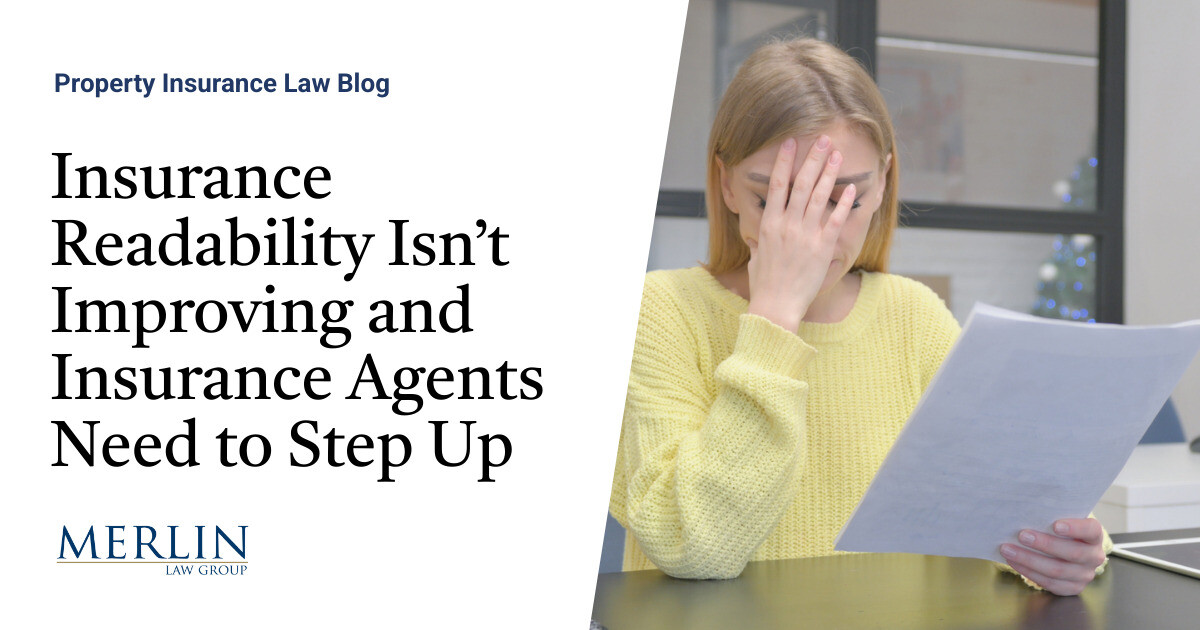
Commercial auto insurance is a cornerstone of protecting your business’s vehicles, employees, and overall operations.But as your fleet evolves and your business grows, so do your insurance needs.One of the most common questions business owners face is whether to keep or drop collision coverage on their commercial auto policy.
The answer isn’t one-size-fits-all—it’s about making a smart, strategic decision that balances cost savings with risk management.In this blog, we’ll explore what collision coverage is, when it makes sense to drop it, and how to evaluate your unique situation to ensure you’re saving money the smart way.What Is Collision Coverage? Collision coverage is a type of physical damage insurance that pays for repairs or replacement of your business vehicle if it’s damaged in an accident—regardless of who’s at fault.
For example, if one of your delivery trucks rear-ends another vehicle or hits a stationary object like a pole, collision coverage steps in to cover the repair costs.It’s important to note that collision coverage is separate from comprehensive coverage, which protects against non-collision events like theft, vandalism, or weather-related damage.While both types of coverage are optional under most state laws, they’re often required by lenders if your vehicles are financed or leased.
Why Businesses Consider Dropping Collision Coverage Collision coverage can be a lifesaver in the event of an accident, but it comes at a cost.For businesses with multiple vehicles, especially older ones, the premiums for collision coverage can add up quickly.Here are a few reasons why businesses might consider dropping it: When to Drop Collision Coverage: Key Considerations Deciding whether to drop collision coverage isn’t a decision to take lightly.
It requires a careful evaluation of your business’s financial situation, risk tolerance, and the value of your vehicles.Here are the key factors to consider: 1. Vehicle Value The most critical factor is the current market value of your vehicle.If the cost of collision coverage premiums over a year or two exceeds the vehicle’s value, it’s time to reconsider.
For example, if you’re paying $1,000 annually for collision coverage on a truck worth $3,000, you might be better off saving that money for a potential replacement.2. Age and Condition of the Vehicle Older vehicles with high mileage are more likely to be considered “totaled” after an accident, as repair costs can quickly exceed their value.If your fleet includes vehicles nearing the end of their useful life, dropping collision coverage might make sense.
3. Deductible vs.Premium Costs Take a close look at your deductible.If your deductible is $2,000 and your vehicle is worth $3,000, the maximum payout you’d receive from a collision claim is $1,000.
In this case, the cost of maintaining collision coverage may not be worth it.4. Fleet Size and Risk Distribution If you operate a large fleet, the financial impact of losing one vehicle may be less significant than for a small business with only one or two vehicles.Larger businesses may have the financial flexibility to self-insure for collision damage, while smaller businesses may need the added protection.
5. Financial Health of Your Business Your ability to absorb the cost of repairing or replacing a vehicle out-of-pocket is a major consideration.If your business has strong cash reserves or access to credit, you may feel comfortable taking on more risk.On the other hand, if cash flow is tight, keeping collision coverage might be the safer choice.
6. Usage and Exposure How often and how far your vehicles are driven can also influence your decision.Vehicles used for long-distance travel or in high-traffic areas are at greater risk of accidents, making collision coverage more valuable.How to Make the Transition If you’ve decided that dropping collision coverage is the right move, it’s important to do so strategically.
Here’s how: Review Your Policy: Work with your insurance agent to understand the impact of removing collision coverage on your overall policy.Reallocate Savings: Consider using the money saved on premiums to invest in other areas, such as comprehensive coverage, higher liability limits, or a rainy-day fund for vehicle repairs.Implement Risk Management Practices: Encourage safe driving habits, invest in telematics to monitor driver behavior, and schedule regular vehicle maintenance to reduce the likelihood of accidents.
The Risks of Dropping Collision Coverage While dropping collision coverage can save money, it’s not without risks.If one of your vehicles is involved in an accident, you’ll be responsible for covering the repair or replacement costs out-of-pocket.This could strain your finances, especially if multiple vehicles are affected.
Additionally, if your vehicles are financed or leased, your lender may require collision coverage as part of your loan agreement.Be sure to check your contract before making any changes.The Bottom Line: Is It Time to Drop Collision Coverage? Dropping collision coverage isn’t just about saving money—it’s about making an informed decision that aligns with your business’s needs and goals.
By evaluating the value of your vehicles, your financial situation, and your risk tolerance, you can determine whether it’s the right move for your business.Remember, insurance is about managing risk.While it’s tempting to cut costs, it’s crucial to ensure you’re not exposing your business to unnecessary financial hardship.
If you’re unsure, consult with your insurance agent to explore your options and find the best solution for your unique situation.Call to Action: Take Control of Your Commercial Auto Insurance Ready to optimize your commercial auto policy and save money the smart way? Start by reviewing your current coverage and evaluating your fleet.Need expert guidance? Contact your insurance agent today to discuss your options and create a plan that works for your business.
Your business deserves protection that’s both comprehensive and cost-effective.Let’s make it happen.
Publisher: Paradiso Insurance








